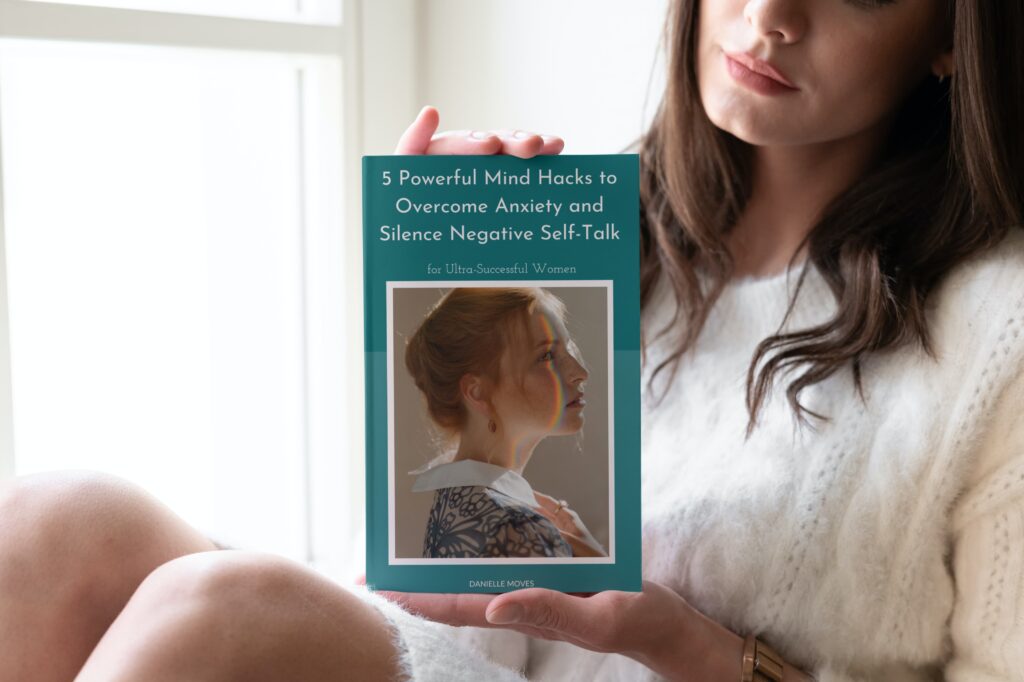FAQ about Pilates Training
WHO CAN DO PILATES?
Pilates is beneficial for men and women of virtually all ages, fitness levels and body conditions. Pilates training can be viewed as a cross between physical fitness and physical therapy, which can be adapted and customised for individual needs.
WHAT ARE THE BENEFITS OF PILATES?
Regular Pilates training can
- Create a stronger and more flexible spine
- Restore postural alignment
- Relieve joint stress
- Alleviate back-pain
- Reduce stress and relieve tension
- Develop muscular strength uniformly
- Tone and build long, lean muscles
- Improve ease and economy of movement
- Condition efficient movement patterns making the body less prone to injury
- Enhance flexibility, mobility and endurance
- Heighten neuromuscular coordination
- Complement existing sports training and functional fitness for daily activities
Counteract the micro-damage of sedentary roles
HOW OFTEN SHOULD I DO PILATES?
The rate at which you progress will depend on the amount of time you put into your training in and out of the studio. For optimum results we recommend 2-3 times a week. Consistency is the key to change and getting real results.
IS PERSONAL TRAINING OR GROUP MAT CLASS BETTER?
A client’s individual needs, preferences and physiological circumstances will ultimately determine whether group tuition or personal training is the better choice. As a general rule group classes are unsuitable if a client has injuries or significant restrictions. Clients in a group setting take on more responsibility for the quality of their movement execution. Clients who opt for private sessions receive the dedicated attention of the instructor who provides individual corrections and support. Private tuition is recommended if you have special needs or simply enjoy the individual focus.
HOW DO I FIND A QUALIFIED PILATES INSTRUCTOR?
A comprehensively trained Pilates instructor has undergone a very demanding path into teacher training and certification. Certifications are awarded through reputable training programs and professional institutions. The formal training should take approximately 600-hours of hands-on apprenticing, observation, practice, lectures and teaching both with an assistant and solo. Written, practical and oral examinations are required for teacher trainees to fully demonstrate their knowledge and application of all aspects of the Pilates Method. A comprehensive teacher has been trained for all levels on all pieces of Pilates equipment (equipment and mat). They should be skilled in handling clients with specific injuries or body conditions that warrant a modified approach. Moreover, they must maintain their certification status by completing continuing education requirements.
Here are some further guidelines to consider when selecting a Pilates Instructor:
- What is the instructor’s training background?
- Which training program did the instructor complete and how many hours were spent completing it?
- Is the instructor proficient in teaching other related movement disciplines?
- How long has the instructor been teaching Pilates?
- Can the instructor handle special needs – clients with injuries, restrictions or undergoing rehabilitation?
- Is the instructor confident and knowledgeable as well as responsive to your needs?
CAN MEN DO PILATES TRAINING?
The benefits of Pilates are not gender specific. The Pilates method was developed by a man, Joseph Pilates, who was a gymnast, a boxer and a military trainer in his early years. Men have played a vital role in maintaining and shaping the Pilates work. The trends in mainstream fitness have shown that female participants outnumber the male participants. There is however nothing about Pilates that makes it more suitable for women than for men. Moreover, this trend is gradually changing as well-known male sports figures are inspiring more men to explore Pilates training for themselves.
WILL I LOSE WEIGHT WITH PILATES TRAINING?
Pilates exercise in and of itself is not a program for reducing body weight. However, in conjunction with an appropriate diet, resistance training and cardiovascular work such as walking, bicycling, jogging or swimming, Pilates can well factor into a weight loss program.
I´D LIKE TO BEGIN PILATES TRAINING BUT I HAVE A CONDITION…
Should you have a pre-existing medical condition, are pregnant, have recently undergone surgery or are in therapy; we suggest consulting your medical practitioner as a general precaution before undertaking this form of exercise. Once you’ve been given approval, we are happy to establish a program specific to your needs based on your personal health and physical history.
WHAT DO I WEAR?
Please wear clothing that is comfortable for you to work out in and feels like a second skin. Close –fitted attire that is designed to stretch and breathe will allow for full-range of movement without restriction.


